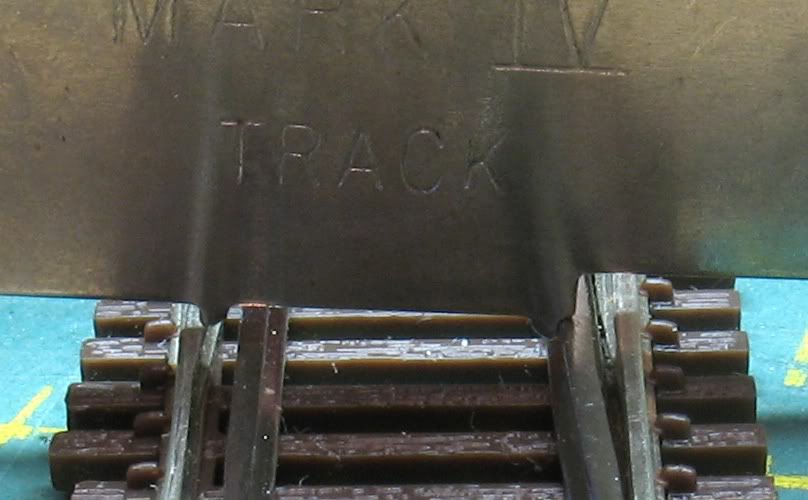
A belated thanks to Max for the photo.
They say a picture is worth 1000 words. I don't know if it would take 1000 words, but that picture is a full explanation of the majority of derailments I experienced on my last layout. Now that I think about it, if I add all the cuss words brought on by the derailments, I am sure we get to 1000 easily. But in my defense, you all started this thread just after I moved in 2016, and the layout was disassembled. I will be taking it into account as I construct the new layout.